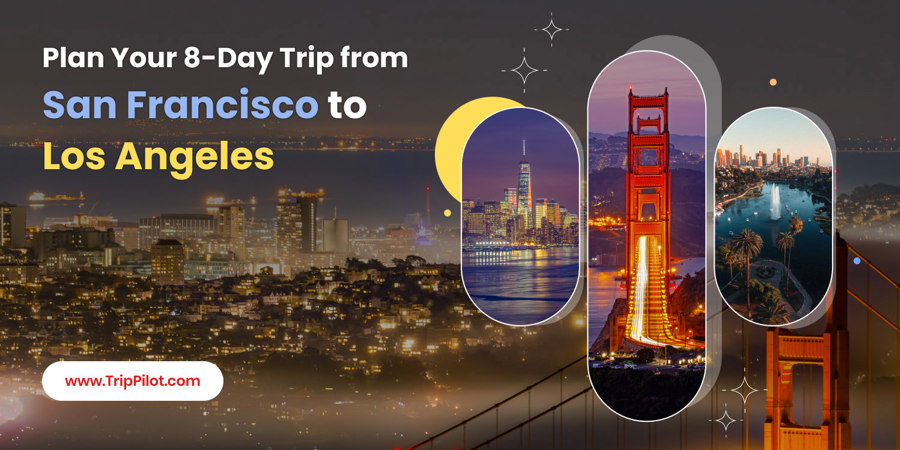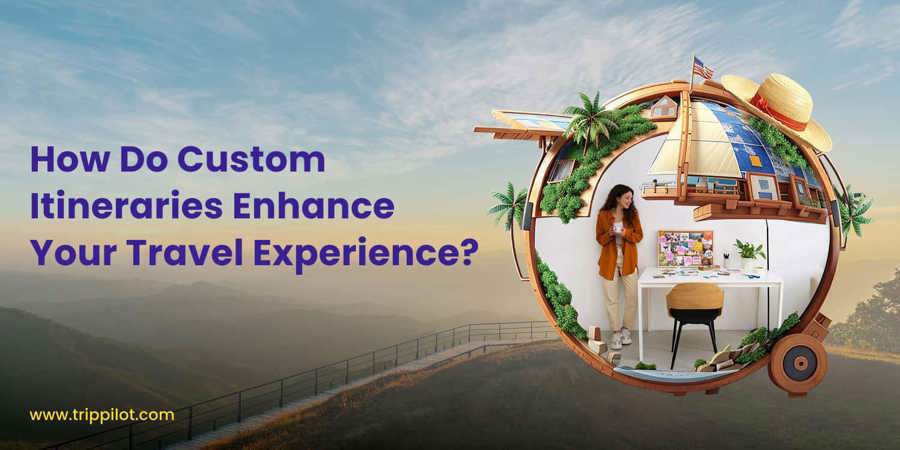Table of Contents
- Tailored to Your Interests.
- Optimized Time Management
- Flexibility for Spontaneity
- Budget-Friendly Customization
- Access to Local Insights
- Stress Reduction
How to Create a Custom Itinerary?
Why Custom Itineraries Align with Modern Travel Trends
Traveling is one of life’s greatest joys, offering opportunities to explore new cultures, savor unique cuisines, and create memories that last a lifetime. Yet, planning a trip can often feel overwhelming—balancing must-see landmarks with personal interests, managing time constraints, and ensuring a seamless experience.
This is where custom itineraries come in, transforming the way we travel by tailoring every detail to the individual.
What Are Custom Itineraries?
A custom itinerary is a personalized travel plan designed specifically for you, taking into account your preferences, budget, travel style, and goals. Unlike generic travel packages or pre-set group tours, custom itineraries are built from scratch.
Whether you’re a foodie craving local delicacies, an adventure seeker chasing adrenaline-pumping activities, or a history buff eager to uncover hidden gems, custom travel planning ensures your trip reflects your passions.
These plans can be crafted by a personal travel planner, AI-driven tools, or even by yourself with the right resources. The key difference? They prioritize flexibility and personalization over a one-size-fits-all approach, making every moment of your journey meaningful.
Why Custom Itineraries Matter
Travel is deeply personal, and no two travelers are alike. A family with young kids might prioritize kid-friendly activities, while a solo traveler might seek off-the-beaten-path adventures. Custom itineraries cater to these nuances, offering benefits that generic plans simply can’t match.
Here’s how they elevate your travel experience:
1. Tailored to Your Interests
Imagine landing in Paris with a standard tour package: the Eiffel Tower, Louvre, and a Seine River cruise. It’s a solid plan, but what if you’re more interested in the city’s underground catacombs or its lesser-known patisseries? Using a free vacation trip planner, you can swap tourist traps for experiences that resonate with you.
For example, a photography enthusiast might include sunrise shoots at iconic landmarks, while a literature lover could visit cafes once frequented by Hemingway or Shakespeare’s haunts in Stratford-upon-Avon. By focusing on what excites you, custom itineraries turn a good trip into an unforgettable one.
2. Optimized Time Management
Time is a traveler’s most precious resource. Generic itineraries often cram too much into a day or waste hours on logistics, leaving you exhausted or unfulfilled. When you create a travel itinerary online, your plan is designed with efficiency in mind.
Say you’re planning a week in Japan. A standard tour might rush you through Tokyo, Kyoto, and Osaka, but a custom plan could prioritize a leisurely day at an onsen (hot spring), a tea ceremony in Uji, or a hike in the Japanese Alps—whatever suits your pace. By aligning activities with travel times, distances, and your energy levels, these itineraries ensure you’re not just checking boxes but truly experiencing each destination.
3. Flexibility for Spontaneity
One of the biggest drawbacks of pre-packaged tours is their rigidity. Missed a train? Too bad—your group is moving on. Custom itineraries, however, build in flexibility. They provide a roadmap while leaving room for detours, whether it’s lingering at a charming street market or joining a local festival you stumble upon.
This adaptability is especially valuable in unpredictable situations, like weather changes or sudden closures. With a custom plan, you can pivot without stress, knowing your trip is designed to accommodate the unexpected.
4. Budget-Friendly Customization
Travel costs can spiral quickly, especially with generic packages that bundle unnecessary extras. When you build a custom trip, you control where your money goes. Want to splurge on a Michelin-starred meal but save on lodging? Prefer budget-friendly street food over pricey tourist traps? A tailored plan aligns your spending with your priorities.
For instance, a backpacker in Southeast Asia might opt for hostels and local buses, while a luxury traveler could book private guides and boutique hotels. Either way, you’re not paying for things you don’t want, making your trip both cost-effective and enjoyable.
5. Access to Local Insights
Custom itineraries often incorporate insider knowledge that generic guides overlook. An AI travel planner or well-researched DIY tools can recommend hidden gems—like a family-run trattoria in Rome or a secluded beach in Bali—that mass-market tours skip. This local flavor deepens your connection to a destination, turning a surface-level visit into an immersive cultural experience.
For example, instead of joining the crowds at Machu Picchu, a custom itinerary might include a trek along the Salkantay Route, offering stunning views and fewer tourists. These authentic touches make your trip feel less like a checklist and more like a story.
6. Stress Reduction
Planning a trip involves juggling flights, accommodations, activities, and more. Custom itineraries take the guesswork out of the equation. Whether crafted by an expert or an AI-driven tool, they provide a clear, cohesive plan, so you’re not scrambling to book last-minute tickets or decipher foreign transit systems.
Picture this: You arrive in New York City with a custom itinerary that schedules a Broadway show, a stroll through Central Park, and dinner in Little Italy—all timed to avoid rush hour. The result? A stress-free trip where you can focus on the experience, not the logistics.
How to Create a Custom Itinerary?
Ready to enhance your next adventure?
Here’s a step-by-step guide to building a tailored plan:
- Define Your Goals: What’s the purpose of your trip? Relaxation, adventure, culture, or a mix? Pinpoint what matters most.
- Set a Budget: Decide how much you’re willing to spend and where you want to allocate funds (e.g., food, lodging, activities).
- Research Destinations: Use trusted sources like travel blogs, guidebooks, or platforms like Lonely Planet to identify must-sees and hidden gems.
- Map Your Route: Plan a logical flow between locations, considering travel times and proximity.
- Schedule Activities: Balance your days with a mix of high-energy outings and downtime, leaving wiggle room for spontaneity.
- Seek Expert Help (Optional): Consult a personal travel planner or use an AI travel planner for personalized recommendations and seamless coordination.
- Review and Adjust: Double-check timings, bookings, and local conditions (e.g., weather, holidays) before finalizing.
Why Custom Itineraries Align with Modern Travel Trends
Today’s travelers crave authenticity and individuality. According to a 2023 report by Skift, 68% of travelers prefer personalized experiences over standardized packages.
When you create a travel itinerary online or build a custom trip, you meet this demand, breaking free from the cookie-cutter mold. These itineraries also support sustainable travel by encouraging longer stays in fewer places, reducing carbon footprints compared to whirlwind multi-city tours.
Final Thought
Custom itineraries are more than just travel plans—they’re a gateway to richer, more fulfilling adventures. By aligning your journey with your interests, budget, and pace, they ensure every moment feels purposeful. Whether you’re exploring ancient ruins, savoring street food, or simply soaking in a new view, a tailored itinerary turns a trip into your trip.
So, next time you plan a getaway, skip the generic guides and embrace the freedom of customization. Your travel experience deserves it.
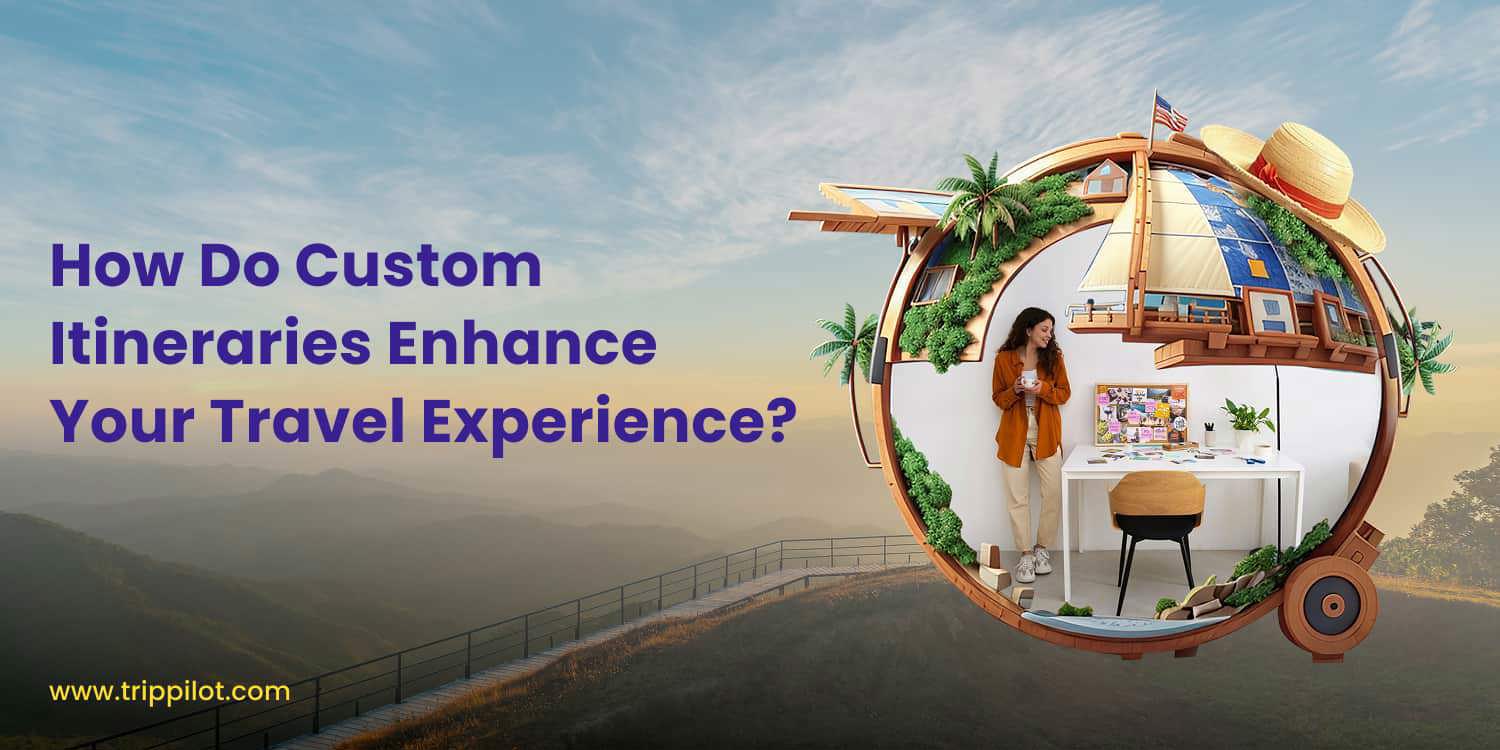

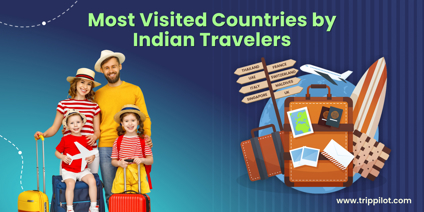
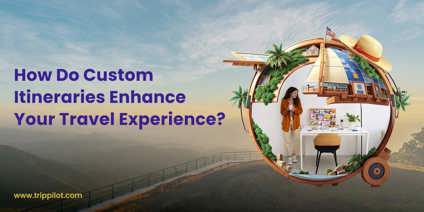




_900x450.png)


